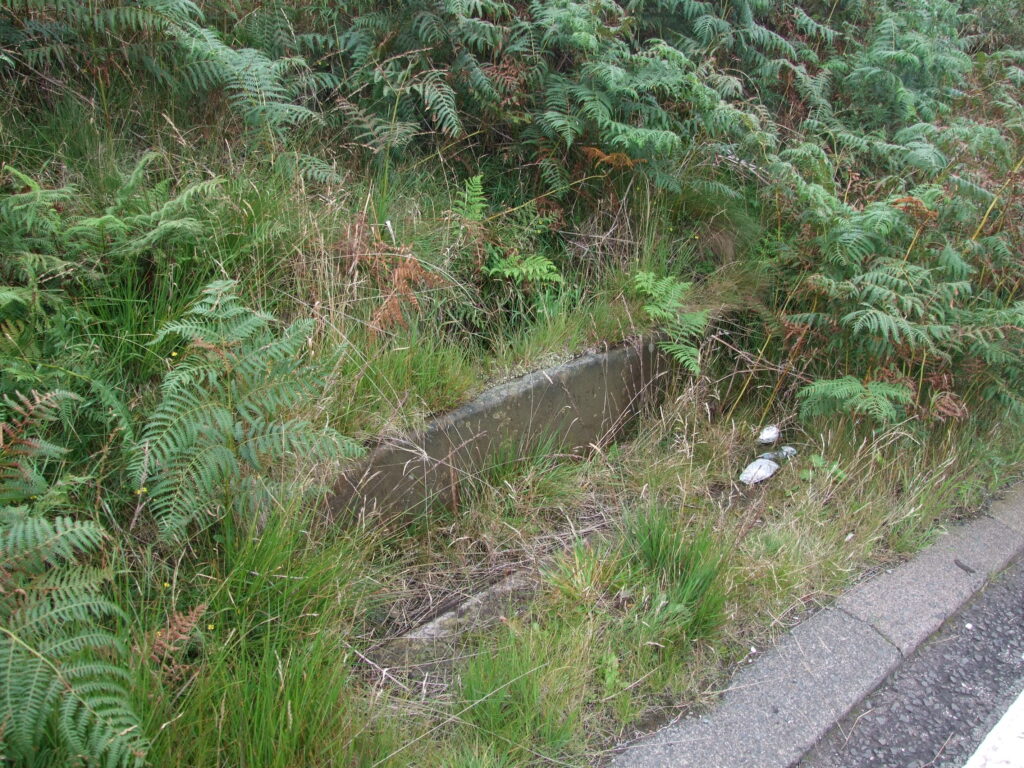Some old Rochdale wells

From May through to September each year a number of Derbyshire villages carry out a custom which was once an important ritual in the calendar – well-dressing. Cultural historians believe that the offering of floral tributes to the pagan gods guaranteed fresh water although dressing wells was later adopted by Christian churches as a way of giving thanks in the way that the harvest festival is celebrated. Some wells, though none that I know of around Rochdale, were given sacred status due to their supposed miraculous healing properties.
The main practical functions of wells however, were to water animals or for household use. Records suggest that prior to 1760 most Rochdale people depended on well water for cooking, washing and brewing. Stone wells simply caught water flowing off the land or from springs many of which could be found around the town. Some wells could be hundreds of feet deep to the water table, the water raised in buckets by windlass or pump.
Place names around Rochdale suggest the location of a spring or a well. So for example, Springfield Park is a point at which water emerges to form what was Marland Mere, Well Brow in Shawclough the site of a collection point and many street names beginning with ‘Spring’ suggest water sources.
Due to urban spread and the gradual development of effective water supply to towns through the Victorian era, many of the old communal wells were built over but records remain of wells in house cellars or village squares abandoned or sealed. Some villages, for example Red Lumb or farms and cottages around Carr Wood had their own wells or well springs and premises near Spotland Bridge had a well at the bottom of what was Cold Wall Brow. There was a well in Butterworth Hall in Milnrow, another on Bellfield Lane. Jowkin Well once existed in Spotland as did Whooping Cough Well, water from which was said to be cure that particular complaint. One pub off Yorkshire Street, The Pack Horse which closed in 1936, pumped water from a deep well for brewing into the 1920’s.
The name Welli’th’ Lane suggests an old well, now long gone and the nearby Healing Street may have proposed medicinal properties contained in the water. What few records there are of this well claim that as early as 1730 there was a Wellfield (Wellfield Club and Wellfield Health Centre existing now) and that in the 1840’s mills used water from a 300 feet well on this site as part of the process of finishing wool. Other wells around the town included Cant Hill Well located mid-way up Sparrow Hill which until the 1930’s poured water night and day from an iron spout and had a chained iron drinking cup, its stone bearing the Biblical text ‘whosoever drinketh of this water shall thirst again.’

Some wells remain to this day. Waugh’s Well stands on the Rossendale Way and commemorates the Rochdale poet and on the right-hand side of the A58 as you go up to the White House from Littleborough sits an ancient well collecting water off Blackstone Edge. Now almost overgrown, the inscription on one of its stone slabs, ‘Jacobs Well,’ is still clear although other letters just below are difficult to decipher. Some historians believe the well to have been used by Roman soldiers (it is only 280 metres east of the Roman Road) for water supplies but also as a point of veneration, perhaps its water and spring being dedicated to one or many of their gods. Others believe that the well was previously known by the Celts although its name suggests a Christian dedication. In the 19th century it was used for refreshment along nearby pack horse trails.
The most central well to the town is, of course, Packer Spout at the bottom and to the right of the Parish Church Steps. In 1760 it was the town centre’s only local water reserve and was used by those living in houses around what was Packer Meadow and by passing pack horses, hence its name. It appears that when the buildings in the vicinity were taken down the large rectangular stone tank was kept – as today – to maintain and catch the flow from the underground spring.



